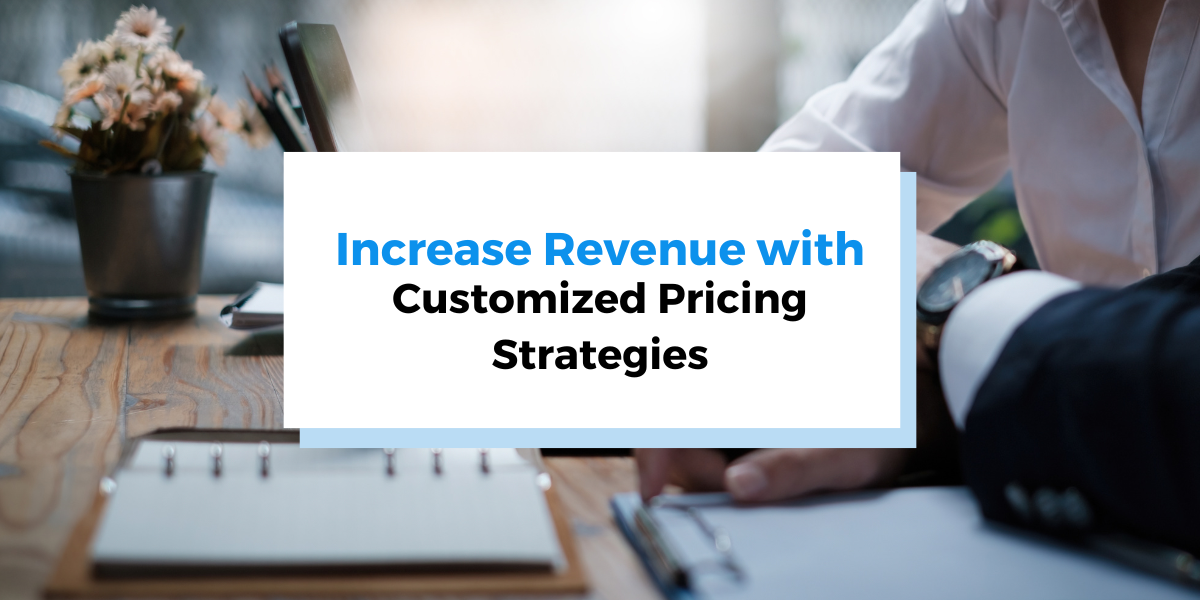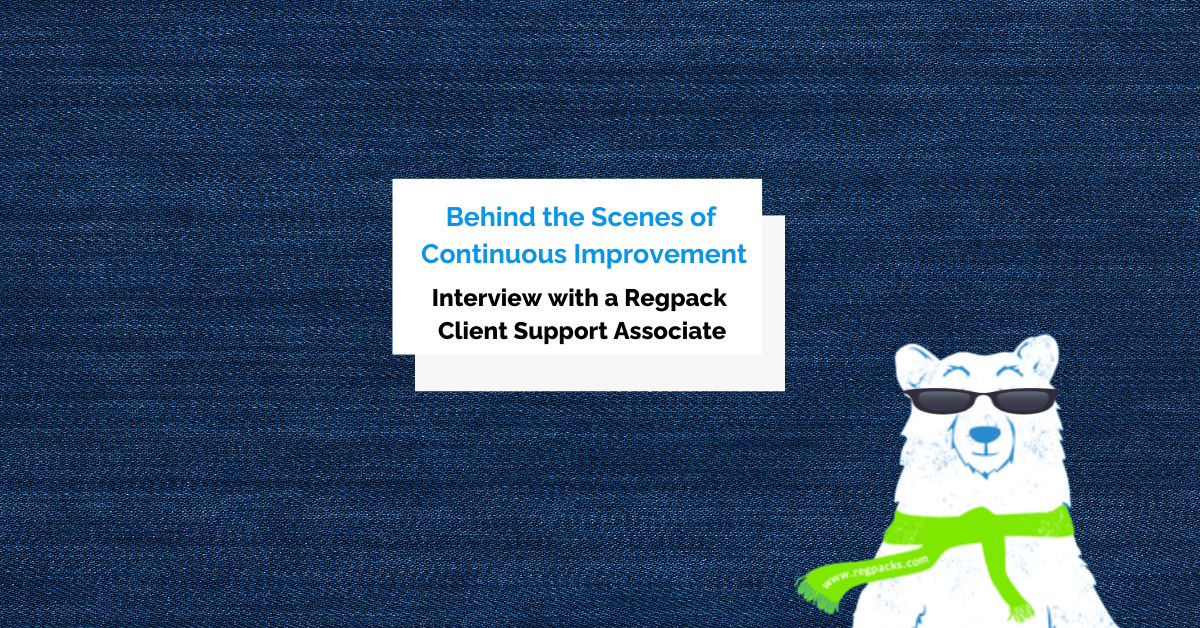More and more companies realize the benefits of sales data analysis.
They understand that if they relied solely on guesswork, they would be unable to form adequate strategies to maximize their sales capacity in a dynamic and competitive market.
What’s more, not correctly utilizing relevant sales data will leave them in the dust as their data-driven competitors march forward and pick up their customers on the way.
A data-driven sales strategy will enable your company to make better decisions and become more profitable in the long run. Some experts believe that companies that rely on sales data are 19x more profitable than their competitors.
This reason alone should be enough to convince you that you need to use real-time sales data in your overall business approach. But other benefits can compound the profit for your business and ensure you stay ahead of the competition for the foreseeable future.
So, let’s look at six benefits of working with real-time sales data to create a successful and profitable business.
Better Product Offerings
Most companies find it difficult to create the best value proposition and pricing strategy to maximize their sales. But this is where using customer sales data can change the game.
By analyzing this valuable data, you can ensure you’re sending the right message to the right segment of your customer base.
When you look at real-time sales data, you can find the most popular products and tailor your value proposition according to the needs of each of your customer segments.
Then you can adjust prices, target specific customers and grow the size of each sale.
In this quest to find the best product offering for your customers, it’s also important to analyze underperforming products further.
Before you outright cut them out, find out why they’re failing to meet expectations and use the feedback from your customers to refine them or change your marketing strategy.
During this analysis, you also might determine that some products are no longer profitable or relevant to your customers, so you can stop producing them.
This can save you time and money to focus on products that give your customers the most value.
But first, it’s important to analyze the relevant data from your sales.
Regpack’s reporting feature allows you to run a Sales Report to gather information about your customers’ purchase habits.
You can tailor these reports with information relevant to your needs, so you can select dates for the period you’re interested in to see sales and income. If you don’t select any dates, the report will list all sales.
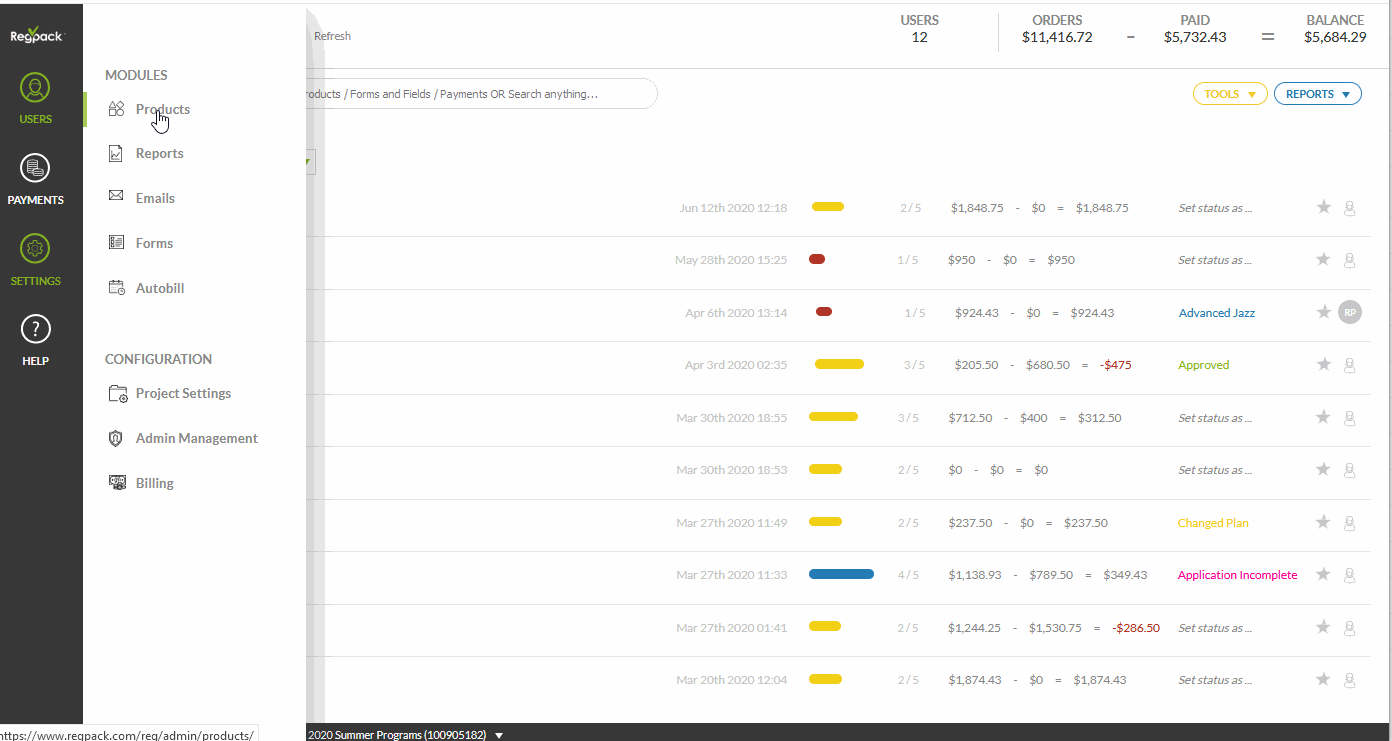
Source: Regpack
Here is some other useful information that’s included in the reports by default:
- Product Category
- Product Type
- Product Price
- Total Orders
- Number of Ordered Units that are fully paid
- Total Waitlisted
You can add or remove these fields to customize your reports and analyze relevant information for your company.
In the end, it’s not about getting more sales data. What is essential is to get relevant real-time data that you can use to create better product offerings.
Closer Alignment With the Marketing Team
Data silos are still large obstacles in creating effective marketing and sales strategies.
When data is stored in different locations and specialized IoT devices which aren’t accessible to all departments, data visibility is reduced. As a result, it takes more effort to analyze the same data, and collaboration becomes ineffective.
In a recent report conducted by International Data Corporation (IDC) that focused on challenges posed by scattered data, a senior IT executive said that one of the key solutions for his company was to implement a centralized data management solution.
He believes this will help his organization identify the needs of its target customers and make faster and more accurate decisions concerning them.
So, sharing real-time data through a centralized system can bridge the gap between marketing and sales teams. What’s more, companies slowly realize that salespeople who work with marketing teams are more successful and are closing more deals.
Comprehensive and centralized CRM solutions that marketing and sales teams can use and cross-reference will help them target and acquire more customers.
When they draw conclusions from real-time data accumulated by both departments, they can adopt a nuanced approach to learning about the customers’ purchasing behavior and habits.
This will mean better ROI on your marketing investment and cutting down sales cycles.
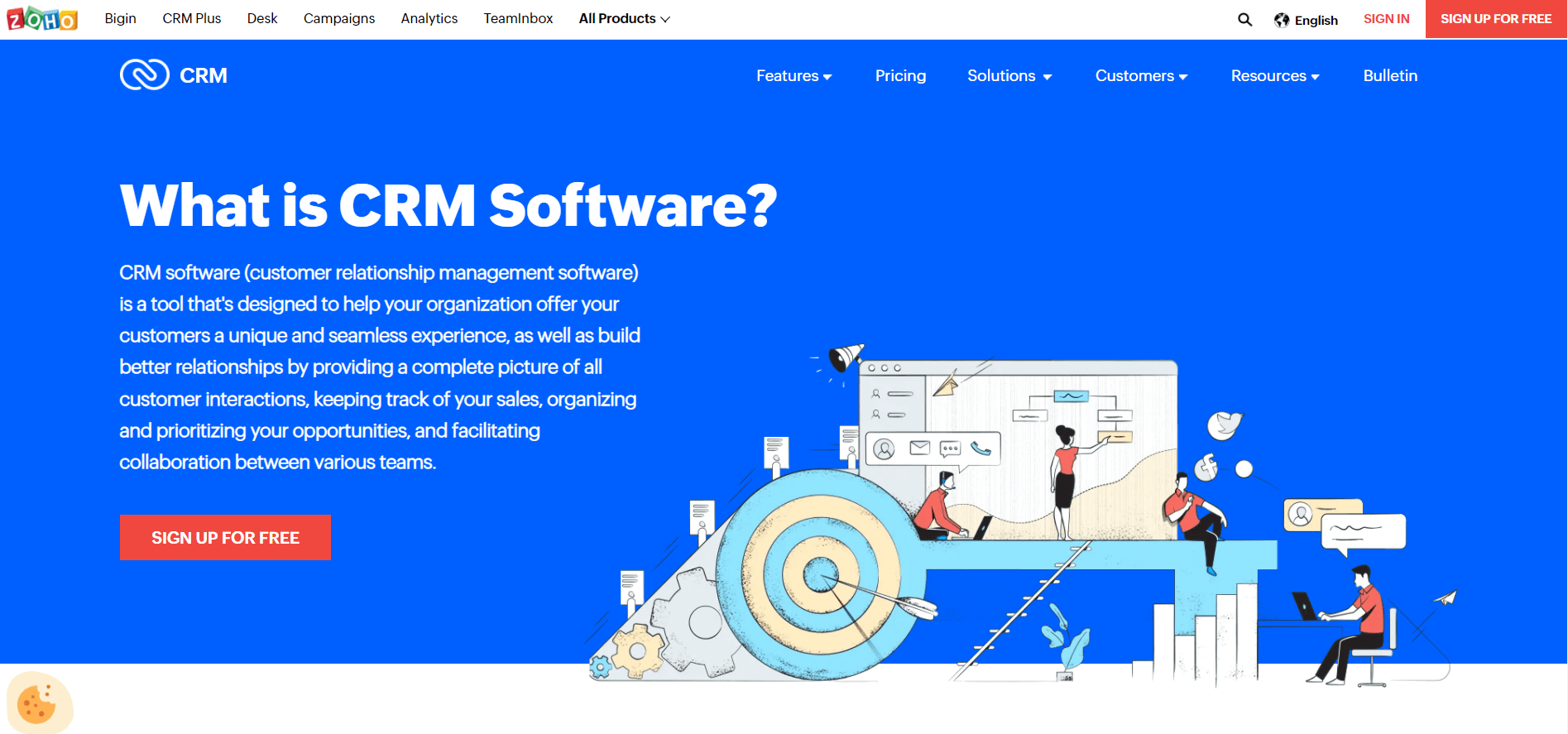
Source: Zoho
Finally, consolidating real-time data so different departments can use the information to improve their performance will pay off in the long run.
Visible Pipeline Bottlenecks
The biggest mistake your sales team can make is to treat every customer as the most valuable lead in the pipeline.
It’s essential to leverage sales data to accurately identify the best leads who are closer to closing the deal, to avoid wasting time on leads without sales potential.
Using data to manage the pipeline is the best way to use your company’s valuable resources. That way, you can drive the sales team’s energy into cultivating customer relationships that will generate more profit.
Simply put, by utilizing real-time sales data, you can:
- Focus on the highest-value leads
- Let go of disinterested leads
- Identify underperforming sections in the pipeline
- Segment leads based on engagement
So, how can you get data to manage your pipeline better?
One way to do it is to use Daily Sales Reports (DSR). These reports are financial tools that give a detailed insight into the sales team’s daily activities.
They often include the representative’s name, the client’s name and their purchases, but they can also have information about quotas, objectives, average deal size, and conversion rates.
These reports are useful in evaluating historical sales data and making future sales projections. Additionally, they keep the sales team accountable for their daily activities and sales goals.
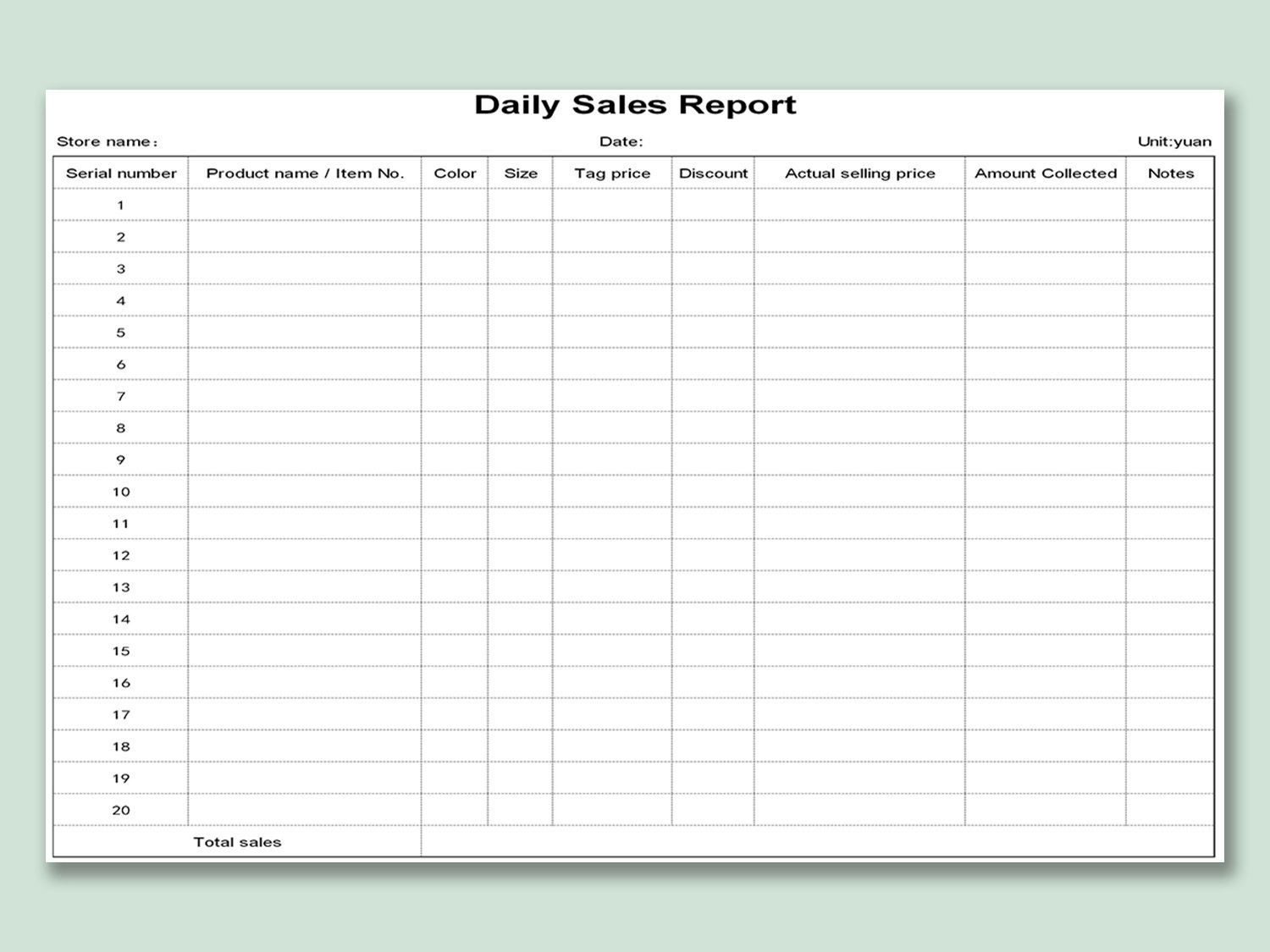
Source: WPS Template
By looking at data, it’s easier to identify customers that will generate more sales, so they’ll require special attention. But it’s also beneficial to identify leads that aren’t meeting the company’s goals and are only blocking the pipeline.
Increased Customer Retention
Just because a customer liked your product the first time doesn’t mean they won’t change their minds. According to recent research by Khoros, 65% of customers took their business to a competitor because of a poor experience.
This means that you should leverage real-time sales data to ensure higher customer satisfaction rates. You simply can’t afford to lose customers, especially big buyers, so you need to use data to determine the key factors that cause customers to churn.
Look into how your company interacted with the customer across multiple channels and how they solved their problems. Did they offer more personalized offers? Provided friendly and knowledgeable customer service?
Use different sales data sets that will enable you to identify the customer’s key concerns and re-engage them by helping them realize your product’s full value.
Customer retention is a delicate process, but by using relevant sales data, you are more likely to keep customers around for longer.
For example, look at Netflix, the famous online streaming service that frequently boasts high retention rates. Currently, their retention rate is at 74%, and the churn rate is at only 2.4%.
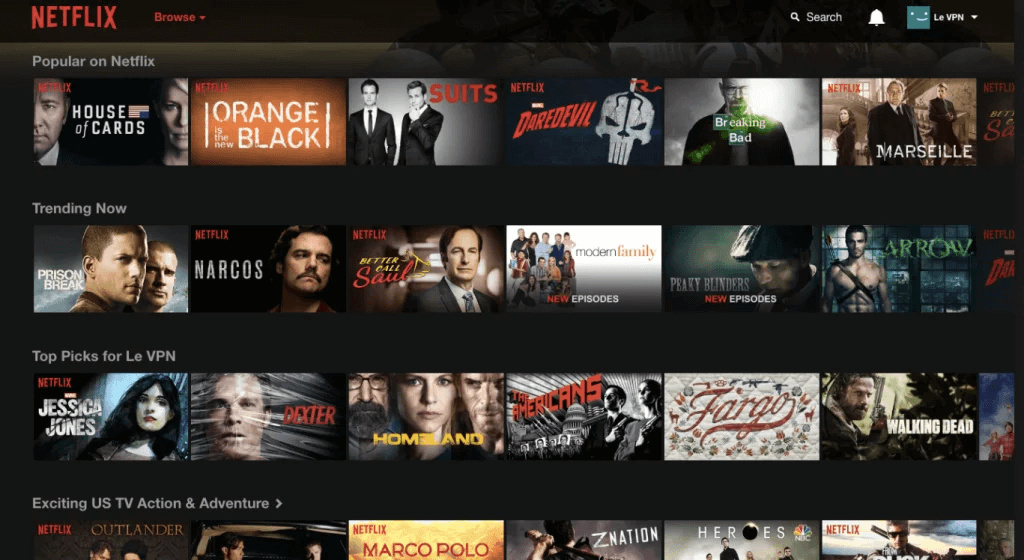
Source: VWO
How do they do that?
It sounds simple, but from the moment the customer signs up for their service, they collect different data that helps them create a better customer experience.
This data includes the time the customer has spent watching a movie or show, how long it took them to finish or if they continued after pausing.
Knowing this information, they can cater to their customers’ tastes by creating original TV shows and movies and recommending relevant content to keep them on the platform.
What’s more, they will be able to retain different types of customers by packaging their new content in ways that appeal to specific customer personas.
For example, a person who likes romance movies will be more inclined to watch Netflix’s new non-romance movie if the company creates a trailer that highlights the more romantic scenes. Personalizing trailers is just one strategy the company uses to appeal to its users.
What you can learn from their example is that utilizing relevant sales data will help you proactively reach out to customers and address their concerns. That way, you’ll be able to personalize their customer experience and retain them for the foreseeable future.
More Repeat Purchases
You’re probably familiar with this feature on Amazon’s website.
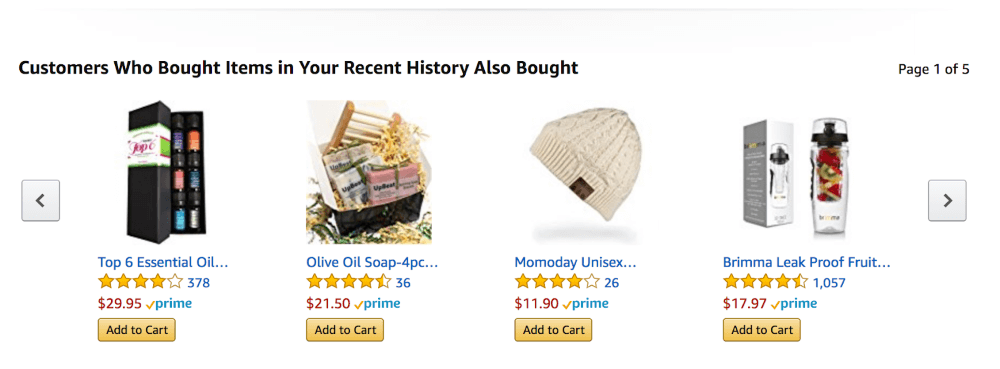
Source: Web Analytics World
The ‘’Customers Who Bought This Item Also Bought’’ feature has been a cornerstone in Amazon’s sales strategy. Some estimate that getting customers to buy other items contributed to a 35% rise in Amazon’s revenue.
It’s widely known that selling to a new customer is far more expensive than upselling or cross-selling to an existing one.
According to research, the costs of obtaining a brand new customer are 7x higher than upselling to an existing customer. So, it makes sense for savvy businesses to analyze real-time sales data to create upselling and cross-selling opportunities.
This could mean looking at a customer’s recent purchase history, search history, or dates of purchase to identify and provide offers that might interest them.
Furthermore, with real-time customer sales data, you have an immediate overview of your customer’s current needs, so your suggestions are more relevant.
For example, if you notice that a customer is buying a new laptop, you’d want to recommend a laptop case, not a new pair of shoes. This approach leads to repeat purchases and more profit for your company.
Here is how Hyatt Hotels used their customers’ data to make predictions and give upselling recommendations.
They identified and segmented their customer base according to their guests’ history and preferences from their membership program.
Then they created customized offers with specific amenities and activity packages that catered to each segment of their customer base.
So, in addition to booking a room, the guests were offered relevant additional amenities like spa packages or private rooms for remote office work, which enticed them to spend more. With this strategy, the company’s revenue increased by 60%.

Source: Hyatt Hotels
The most important thing is to find ways to use customers’ data so you can go past the basic offer and create more personalized recommendations to enhance the customer’s experience and influence them to make repeat purchases.
Improved Business Agility
To quote Enrique Ortegon, senior vice president of SMB at Salesforce: “What gets measured gets improved.” This primarily concerns using real-time sales data to make better business decisions.
As mentioned before, it’s far easier to create better marketing campaigns, focus on specific sales channels, or order more inventory for better-selling products once you have relevant sales data.
The data will show you what works and what doesn’t, so you can improve your business operations and grow more sustainably.
Tom Sullivan, vice president of small business policy at the US Chamber of Commerce, gives an example of how small businesses can use data to narrow their business focus and become more successful.
He references an example of a company that had been selling both to consumers and distributors.
But after they analyzed their sales, the decision-makers concluded that they would be more successful if they focused solely on selling to distributors, so they adjusted their business strategy accordingly.
Now, figuring out more profitable parts of your business is one way to grow your company, but using data can also help you expand or change the trajectory of your business.
This is important because you want your business to stay competitive and adaptable in times of crisis. So, data can help you change directions successfully when responding to market trends and customer demands.
Uber is another great example of this. Known to most people as a leading ride-sharing company, since their creation in 2009, they had been collecting data and listening to the market to expand their services in 2014 with Uber Eats, a food delivery platform.

Source: Uber Eats
To get into this saturated market, they needed the most accurate data if they wanted to give their customers the best service.
For instance, outstanding service included delivering food while still warm, so the company had to collect data on typical food preparation times, pick up, and delivery times.
Moreover, the company even collected data on the weather conditions to calculate their effect on the delivery.
Based on this data, Uber Eats drivers can pick up more meals and serve more customers.
This service expansion helped the company steadily grow over the years and garner $4.8 billion in 2020 when there was an increased demand for food delivery services due to the pandemic.
Nowadays, Uber Eats has a 26% share of sales in the food delivery market, while most other competitors in the US have a joint share of sales of 24%.
This is a great example of how businesses can use data to expand their services and become more successful, even in saturated markets. The main point is to handle the data to set you apart from your competitors and do business better than them.
Finally, smart businesses know how to use real-time sales data to adapt to changing markets and influence future business operations.
Conclusion
Today’s businesses need to be creative as they adapt their business strategies to stay competitive. To meet the needs of their customers, they need to draw insights from real-time sales data.
Data allows them to create better products, establish closer alignment with the marketing team, and enhance the customer experience.
All in all, data is indispensable in creating company-wide strategies that will influence future trajectories, product expansion, and acquisition costs.
Remember that if you don’t use data to your advantage, you’ll just be looking at raw sales numbers without fully understanding how to use them for strategic business decisions.
So, analyze your real-time sales data to create a successful and sustainable business.



